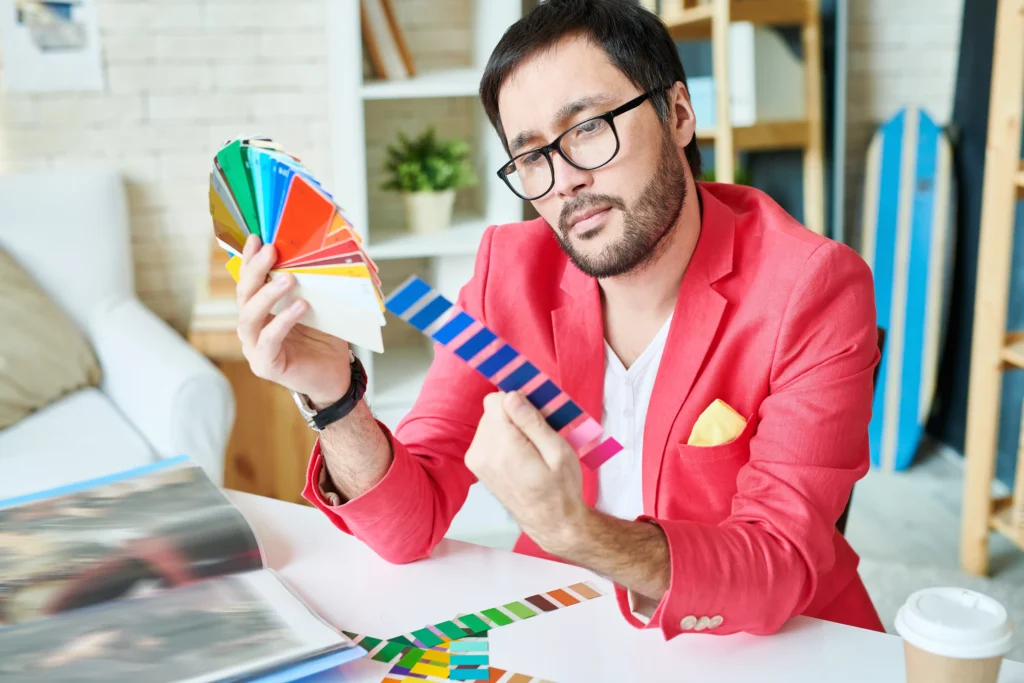The Ultimate Guide to Color Psychology in Graphic Design

Color plays a vital role in graphic design, influencing emotions, perceptions, and decision-making. Understanding color psychology enables designers to create visuals that effectively communicate a brand’s message and resonate with audiences. This guide explores the fundamentals of color psychology and how to apply it in graphic design. 1. What Is Color Psychology? Color psychology studies […]
